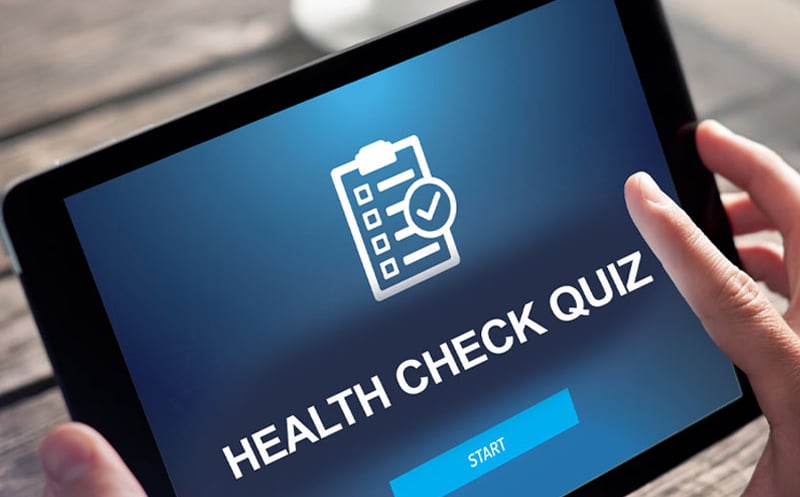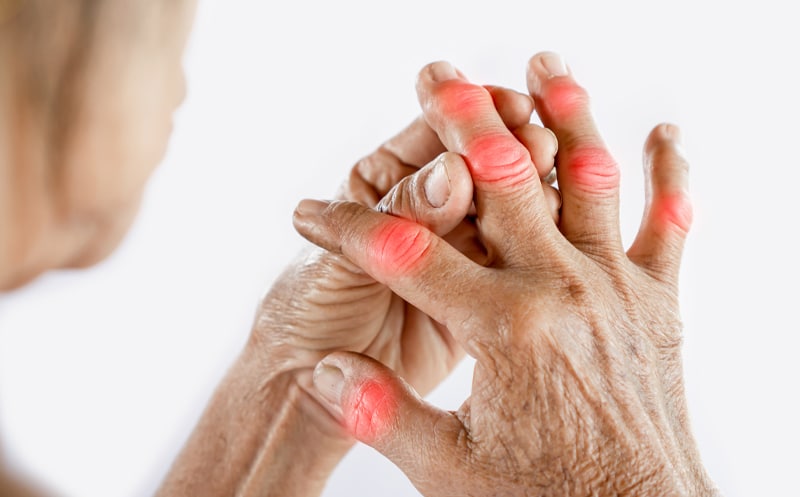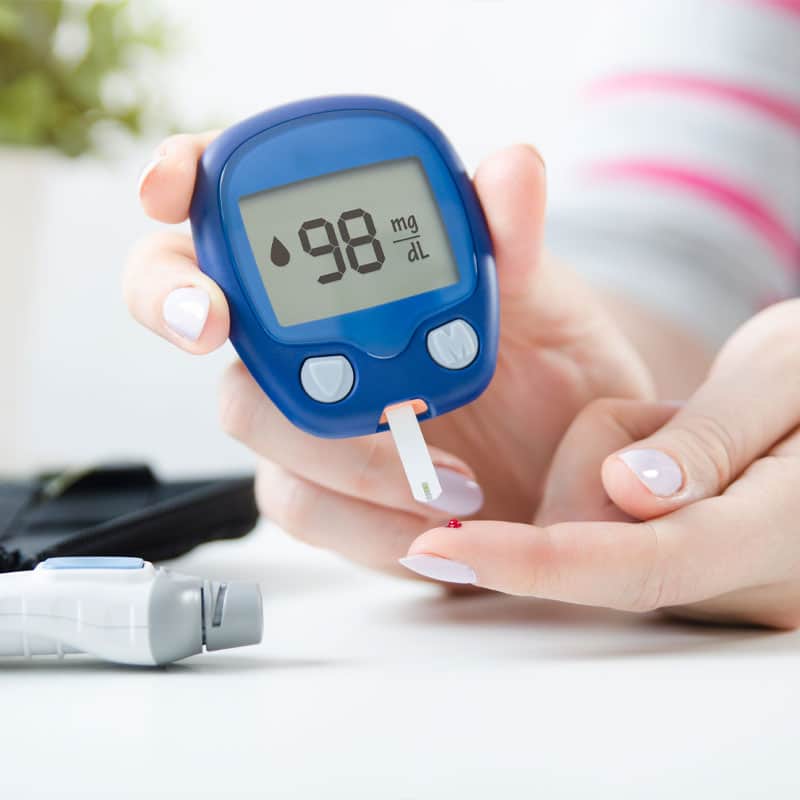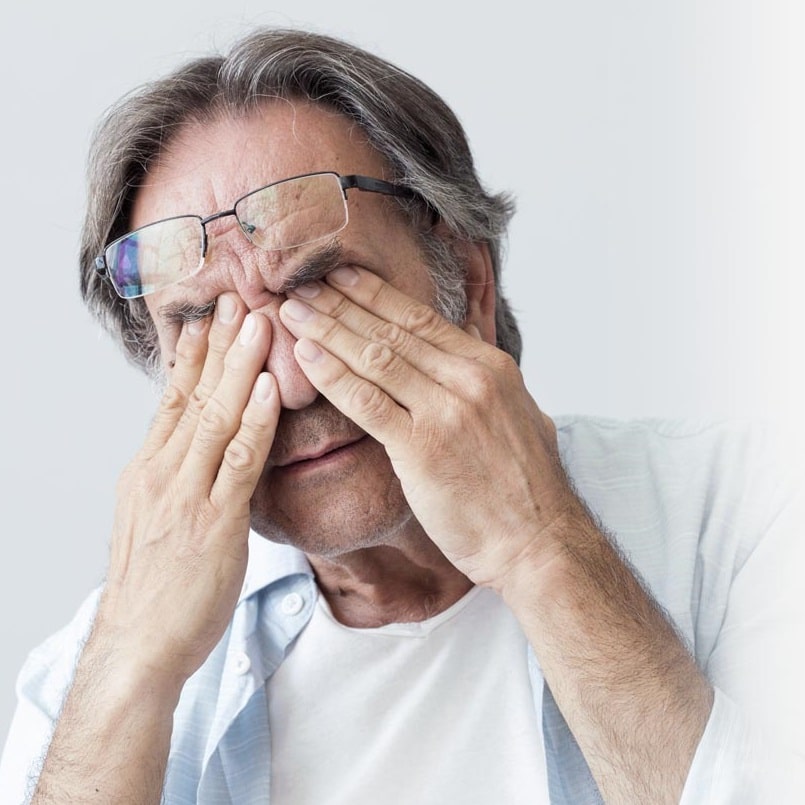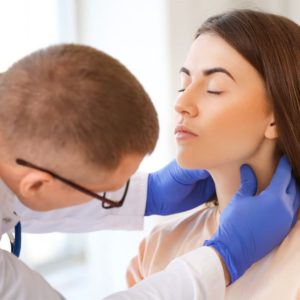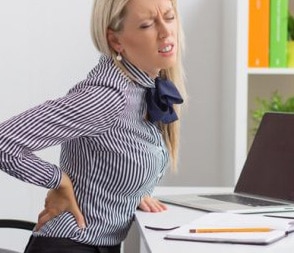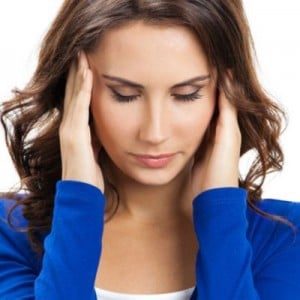More than half of American adults experienced back pain last year. It is estimated that 80 percent of the United State’s population will experience back pain- during their lifetimes. The back is comprised of muscles, nerves, ligaments, joints, and bones. Because of the complicated structure of the back, there are numerous upper back pain causes. Let’s take a look at the top seven causes of upper back pain.
The upper back is defined as the back located between the base of your neck and the bottom of your rib cage. The thoracic spine is comprised of twelve vertebrae. The first vertebra is located at the base of your neck and the last vertebra of the thoracic area of the spine ends right below your ribcage. Upper back pain can be located anywhere between the first and twelfth vertebrae.
Upper Back Pain Causes:
Poor Posture

Slouching in your chair can cause your back muscles to lose strength, and over time, become weak. When you slouch, gravity along with the weight of your body places pressure on your discs, spine, and ligaments, leading to upper back pain. Conditioning your muscles with strength training exercises will help correct poor posture. While your upper back is healing, you may want to use a standing desk to avoid slouching while sitting in a chair.
Traumatic Injuries
Many people think that traumatic injuries are only caused by falls or automobile accidents; however, there are numerous types of traumatic injuries, including working out too hard, lifting incorrectly, work accidents, car accidents, and falls. When you have a trauma to your upper back, it can cause lasting complications, such as nerve damage, fractured vertebrae, paralysis, and chronic pain. Traumatic injuries of the upper back take a long time to heal.
Herniated Disc
The discs in your spine act as cushions and prevent your vertebrae from sitting on top of one another. When a disc moves and does not cushion your vertebrae, it can become very uncomfortable. In fact, even when the disc herniates and moves just a small amount out of place, you can experience significant pain, numbness, tingling, and weakness in your arms and legs.
Many people are surprised to learn that most herniated discs do not require surgery. Instead, you will need to rest and take anti-inflammatory medications during the recovery process. You will not be stuck in bed; however, your pain management doctor may recommend you to take it easy for a while to allow your upper back to heal on its own.
Osteoarthritis
Sometimes your upper back pain is due to an issue with your bones and joints. When the cartilage that protects your spine begins to wear down, it can cause the bones to rub against one another. This condition is called osteoarthritis. Osteoarthritis is a degenerative disease that damages the bone tissues in the spine. As these tissues become damaged, inflammation can occur. Osteoarthritis also places pressure on the nerves in your spine, resulting in numbness and pain.
Osteoarthritis is a degenerative joint disease; however, you can help reduce the pain and stiffness experienced from osteoarthritis with gentle exercise, holistic medicines can help manage your pain and keep your joints functioning properly.
Repetitive Injuries to the Upper Back Muscles
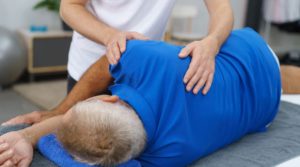
Repetitive injuries often require rest. Using hot and cold therapy can also help decrease inflammation and promote blood circulation. Including flexibility exercises into your workout routine and taking breaks can help you avoid repetitive injuries.
Pinched Nerves
If you have a herniated disc and it slips out so far that it compresses one of the nerves in your back, you can experience a pinched nerve. Pinched nerves can also be caused by an injury that stretches the nerve too far or poor posture. A pinched nerve in the upper back can cause pain, numbness, and tingling in the head, neck, face, or arms.
Pinched nerves typically do not require surgery; instead, they are treated similarly to herniated discs. Gentle exercise, rest, and anti-inflammatory medications can help relieve your pain and promote healing.
Myofascial Upper Back Pain
Pain that comes from the connective tissues (fascia) in the back can be due to an injury or overuse. Although this type of upper back pain often begins from a trauma, it can cause chronic pain. Myofascial pain can also cause referred pain, which means the location of the injury may not be where you are feeling the pain.
Myofascial pain may require myofascial release therapy. This type of deep tissue massage is highly effective when combined with stretching exercises, anti-inflammatory medications, and hot and cold therapy. Finally, many myofascial pain sufferers find relief from acupuncture.
Looking for Upper Back Pain Relief?
Upper back pain can be debilitating. Sufferers may experience different types of pain, including dull, achy pain or burning, sharp pain. Muscle stiffness or tightness may also be experienced. Finally, upper back pain can cause numbness, weakness, and tingling in the chest, belly, arms, and hands. Anti-inflammatory medicines, hot and cold therapy, gentle stretching exercises, and rest can help your upper back heal so you can get back to enjoying life.
To help you avoid long-term upper back pain, you may want to seek out the assistance of osteopathic pain specialists who are aware of the intricacies of the structures within the upper back. Our integrative pain doctor or licensed acupuncturist specialize in chronic pain management and will work with you to reduce inflammation in your upper back and relieve your pain using proven therapies including functional medicine, osteopathy, medical acupuncture and nutritional pain management.




